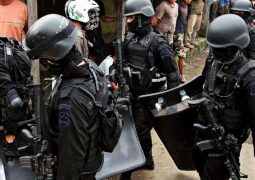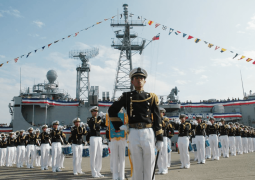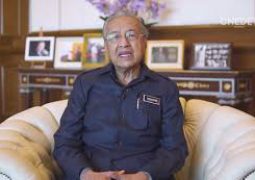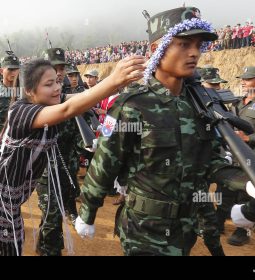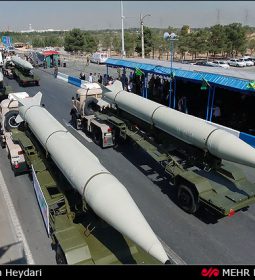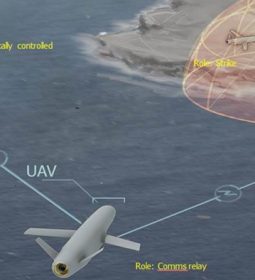America Cannot Save Afghanistan
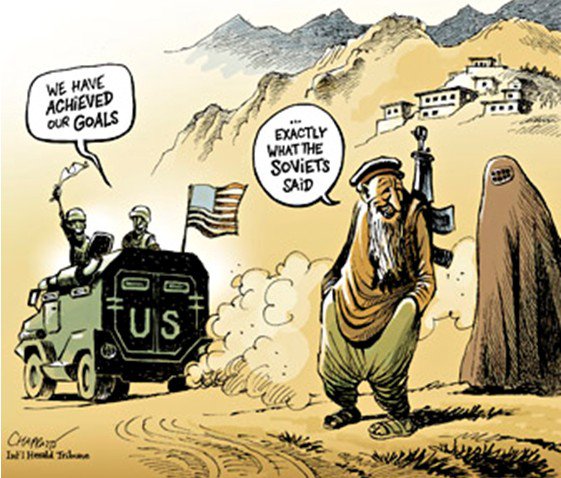
The success of the multinational mission in Kabul depends on the creation of an independent national security force—one that may be impossible to build.
by Robert Gaines Scott Horton
5/1/2019 America Cannot Save Afghanistan
After nearly two decades of bloodshed, meaningful progress is finally being made towards a
conclusion of the war in Afghanistan. Negotiations with the Taliban in Qatar have achieved an
uncommon consistency. On the domestic front, a bipartisan resolution matching the Taliban’s
proposed timeline has emerged in the U.S. Senate. The main voices opposing peace originate
from within the Pentagon and the Afghan National Unity Government. In a departure from their
constitutionally mandated subordinate role, top generals are calling for yet another extension on
murky grounds. Afghan president Ashraf Ghani has also urged against a timely withdraw,
claiming that the government in Kabul lacks the strength required for independence. Whether by
incompetence or corruption, neither contingent should have the credibility to dictate the plan for
removing U.S. forces from Afghanistan.
The conditions Washington and Kabul point to as requirements for a withdraw cannot be met.
The National Unity Government does not represent a plurality of the Afghan people, and with
former warlords in its ranks, it will continue to lack the requisite legitimacy to govern. In spite of
the nearly $900 billion dedicated to reconstruction and governance efforts since 2001, Afghan
National Security Forces (ANSF) suffer from infiltration, ineptitude, and high casualty rates. It is
unclear how additional years, lives, and billions of dollars will guide Afghanistan toward a stable
future. The peace talks in Doha represent gradual yet genuine progress, and they warrant all the
support Washington can muster. Alternatives to this current opportunity for peace represent a
continuation of the same failed strategies toward an even more shameful, inevitable departure.
In a nod to former Vice President Joe Biden’s surge alternative, the Pentagon has proposed
extending U.S. involvement in Afghanistan for another three to five years. Under this revised
version of the Biden plan, U.S. forces would be reduced by half and NATO partners would
support the training of Afghan security forces. U.S. personnel would continue to take the lead on
counterterrorism. To some, this plan will no doubt seem like the responsible option, as it
addresses the specter of Al Qaeda and ISIS. This vague counterterrorism strategy fails to
address the exact groups, regions, or even the expected end state.
The authors of Senate Joint
Resolution 12 admit that even in November 2009, there were fewer than one hundred members
of Al Qaeda left in Afghanistan. ISIS Khorasan represents a creative branding effort by
disaffected members of the Pakistani Taliban (TTP), and their efforts have largely been quelled
by fierce opposition from the Afghan Taliban. U.S. special operations forces had mixed results
in counterterrorism operations during the height of the war, with Afghan officials manipulating the
human intelligence system to settle existing scores. The odds of success with decreased
manpower and an imprecise objective cannot be good.
Further complicating any extension of the U.S. mission is the way in which the myriad
framework of tribal interests would expand with the political integration of the Taliban. Small
scale tribal warfare continued undeterred during the height of the war. With expanded political
power and a host of existing grievances, it is not difficult to see how tribal priorities could be
contorted into emerging counterterrorism objectives. It would also be a bizarre disservice to ask
U.S. servicemembers to partner with former adversaries, risking life and limb in the furtherance
of regional turf wars. The challenges to this loosely defined counterterrorism campaign also
underpin a fundamental obstacle in standing up a capable set of security forces.
The success of the multinational mission in Afghanistan purportedly depends on the creation of
an independent national security force. In a deeply tribal society, this task is practically
impossible. It is absurd to assume that Afghans will abandon deeper loyalties in favor of a
government that is widely perceived as corrupt and unrepresentative. The recent record low in
manpower for Afghan security forces during the Resolute Support (RS) mission evidences a
lack of support for the national government. Elevated desertion rates and the inability of the
Ministry of Defense (MOD) to track attendance suggests the continuation of a poorly
administered jobs program rather than an emergent security framework.
Adding an additional obstacle to the training mission are the insider attacks against embedded
personnel which still persist. Enhanced vetting procedures still cannot prevent the cultural
friction that often precipitates these attacks. For the nominally functional or cooperative elements
of the military and police, theft and mismanagement continue to plague operations. Toward the
end of Operation Enduring Freedom (OEF), 43 percent of 474,823 U.S. supplied small arms
were unaccounted for by the Ministry of Defense. Yet, in spite of figures like these, the Pentagon
advocates for a continued commitment of personnel and weapons.
For a country with a 31 percent literacy rate, the current project of fielding modern attack
helicopters and fighter-bomber aircraft represents a distorted set of priorities by both U.S. and
Afghan officials. Just as the prior investment of $78 billion in the Afghan security forces failed to
create an independent military, fleets of modern weapon systems will not enhance the safety or
wellbeing of average Afghans. They will however justify an extended occupation by legions of
defense contractors. This should come as no surprise though, as each class of generals seeks to
ensure that the revolving door keeps turning.
For those with a genuine interest in ending the war in Afghanistan, the recent round of
negotiations in Doha, Qatar hold the greatest promise. The draft deal coordinated by Special
Representative Zalmay Khalilzad with the Taliban, while short on detail, proves the viability of the
diplomatic option. Both parties have reached common ground on counterterrorism assurances
and a troop withdrawal. The remaining half of the pending peace agreement requires dialogue
with the National Unity Government and a comprehensive ceasefire. While challenging, these
pillars of the pending deal represent tangible processes with realistic objectives, unlike the
proposed alternative. The negotiating table has yielded more progress than any strategy thus far,
and it remains the best hope for an overdue departure by the United States.
- Previous Deadly encounters: the night the Indian army arrived in a village in south Kashmir
- Next US-China Geopolitics Competition in the Pacific: US Navy’s new assault ship to bolster aviation component in Japan




